Table of contents
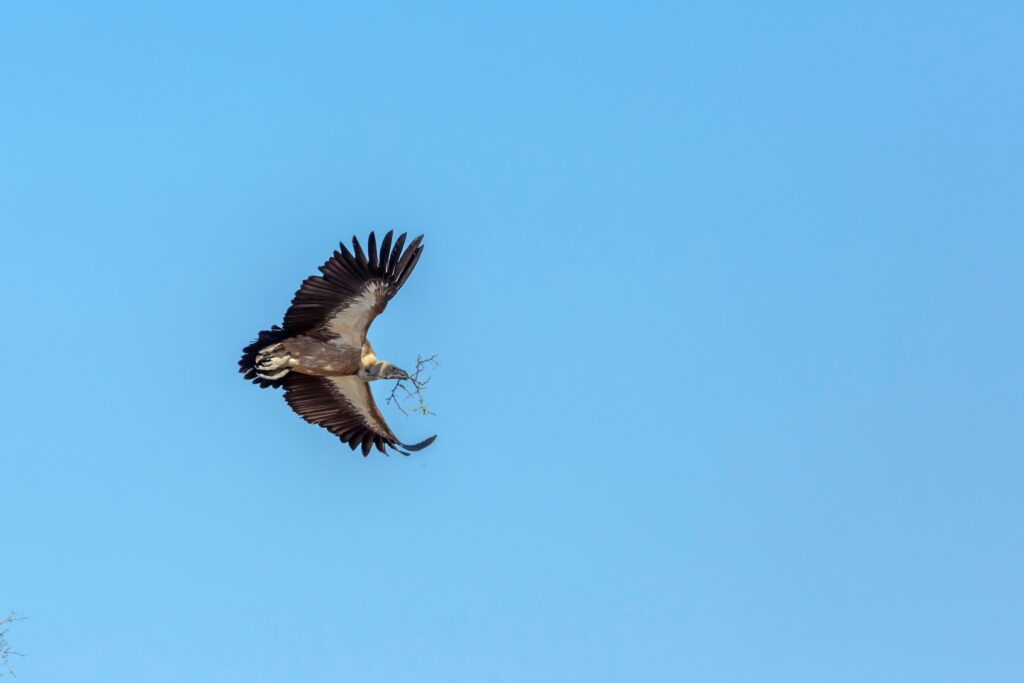
秃鹰是猛禽,被认为是捕食的鸟类,尽管它们并不真正捕食任何动物。 它们通常以腐肉为生,即已经死亡的动物的尸体,虽然它们更喜欢新鲜的肉,但它们可以食用已经放置了一段时间的肉。
事实上,它们可以吃对其他动物有毒的肉。 这些生物最容易被认出的是它们的光头和脖子以及巨大的身形。 它们是社会性动物,经常会成群结队地进食,但由于它们的脚和腿很弱,它们不会把猎物带走。
最多是这样、 秃鹰在飞行时可以携带两到三磅的东西 这意味着,即使是一些小鹰也有类似秃鹰的运载能力,而大多数鹰能够运载更重的重量。
请继续阅读,了解秃鹰能携带多少重量,以及与其他鸟类相比,它的重量如何。
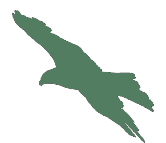
关于秃鹰
秃鹰被认为是捕食的鸟类,尽管它们不捕食活的动物。 相反,秃鹰吃腐肉或死的动物。 它们被认为是机会主义者,尽管关于它们绕着垂死的动物等待它们死亡的故事并不真实。
然而,秃鹰可以在一英里外闻到动物尸体的气味。 它们还具有特殊的视力,使它们能够识别气味的来源。 虽然它们更喜欢新鲜的肉,但秃鹰可以吃放置了很久的、对其他动物有毒的肉。 这不仅使它们有了其他捕食者甚至食腐动物会离开的食物来源,而且还使他们是生态系统中的一个有益的链条。
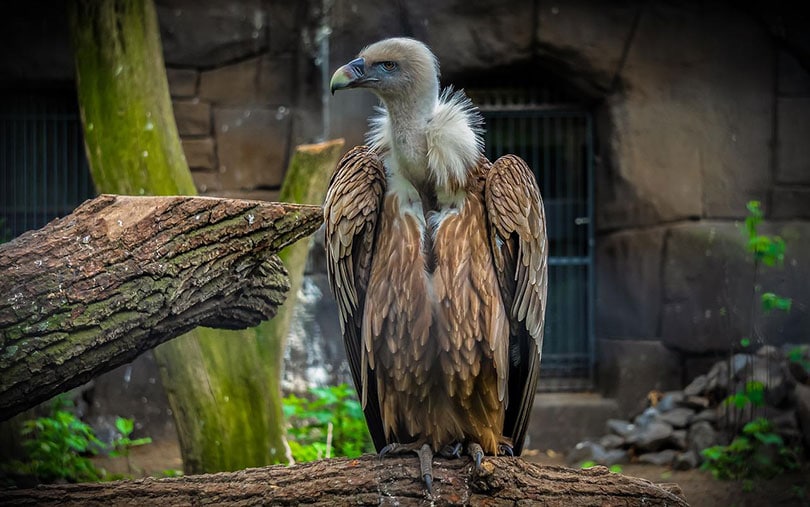
图片来源:Scholty1970, Pixabay
秃鹰能承载多大的重量?
秃鹰不具备携带动物的条件。 它们的腿和脚都很弱,这意味着它们没有办法在飞行时携带重量。 这意味着,尽管秃鹰的体重可达25磅,但真正能携带的重量最多只有2磅左右。
See_also: 如何拍摄萤火虫:6个技巧& Tricks它与其他鸟类相比如何
秃鹰不能携带重物,这意味着它的携带能力与一些小鹰相比,不如大鹰和老鹰。 它的携带能力与体重相比,远远低于很多其他物种。
| 种类 | 承载能力 |
| 哈比鹰 | 30磅 |
| 秃头鹰 | 10磅 |
| 红尾巴鹰 | 3磅 |
| 秃鹫 | 2磅 |
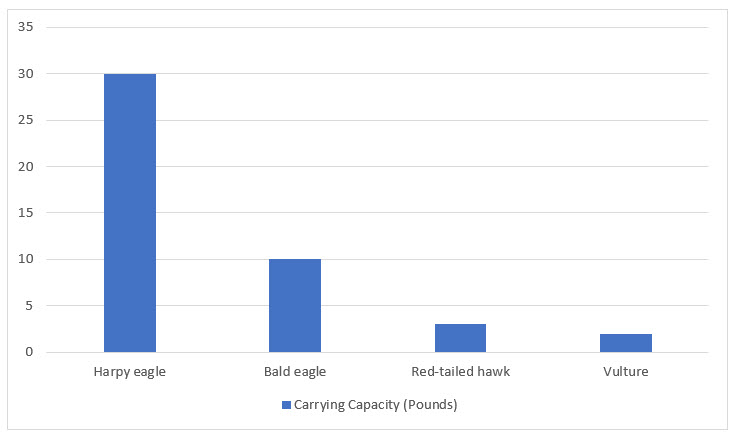
秃鹰会猎杀活的动物吗?
虽然秃鹰通常吃腐肉,但它们可以,有时也会杀死和吃掉活的动物。 不过,它们通常只捕食垂死或生病的动物,即使它们捕食活的动物,也无法将它们抱起来带走。 它们会杀死动物,在地上吃。
See_also: 红点与反射式瞄准器:有什么区别?秃鹰是对人类的威胁吗?
秃鹰在任何方面都不被认为是对人类的威胁。 它们会认为一个人太大,无法攻击,而且大多数秃鹰主要以动物尸体为食,而不是活体。
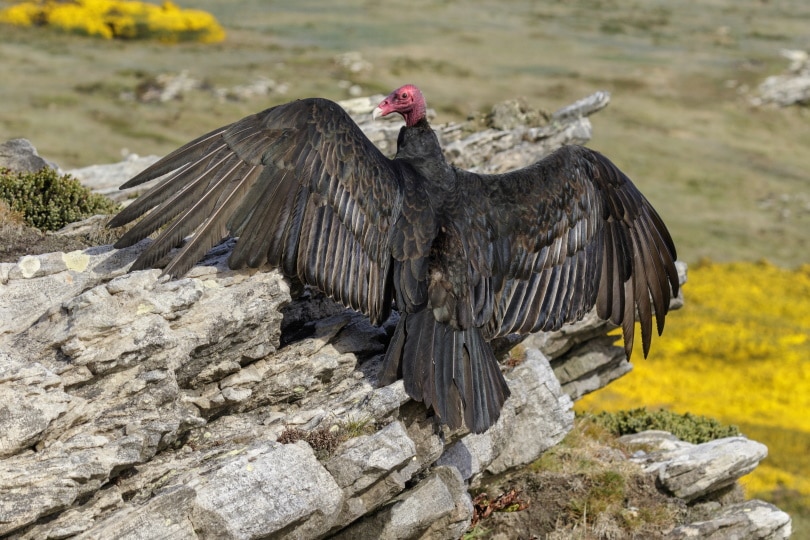
图片来源:David Osborn, Shutterstock
秃鹰能携带猫狗吗?
秃鹰只能携带2磅左右的重量,这意味着它们将无法抱起成年的狗和猫,除了最小的小狗和小猫,其他都会很吃力。 无论如何,秃鹰更喜欢吃腐肉,而且它们通常成群结队地在地上进食,所以没有必要把小动物抱走。
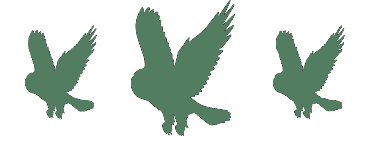
总结
秃鹰是猛禽,被认为是捕食的鸟类,尽管它们很少捕食动物作为食物,而是更喜欢吃动物的尸体。 它们的腿脚很弱,所以尽管是重鸟,但通常只能携带两三磅的重量。
老鹰和大多数鹰可以携带比秃鹰更重的重量,尽管这些秃头鸟有一个宝贵的作用,因为它们能够吃已经腐烂的、对其他可能试图吃它的动物有毒的肉。
资料来源- //www.discoverwildlife.com/animal-facts/birds/facts-about-vultures/
- //a-z-animals.com/blog/the-10-strongest-birds-on-earth-and-how-much they-can-lift/
- //birdgap.com/weight-amount-birds-lift/。
- //www.myfamilyvets.co.uk/how-heavy-should-my-cat-be
特色图片来源:Shutterstock, PACO COMO

